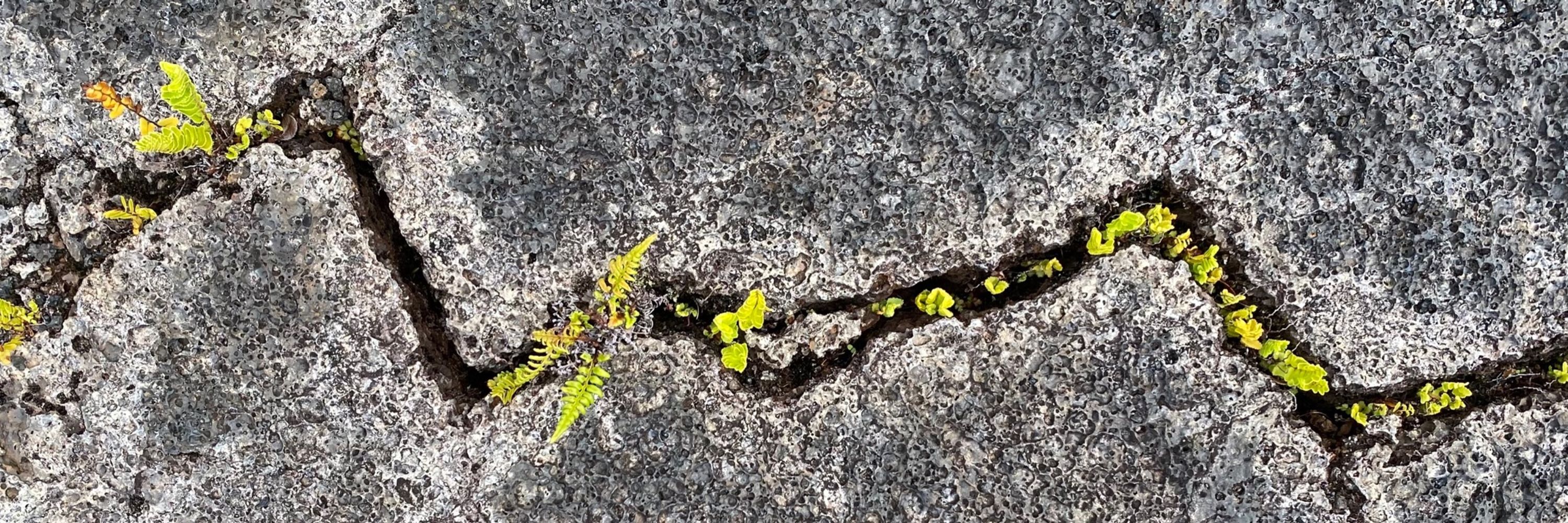
(she/her)
We can pay attention to our everyday behavior to better understand why people respond or don’t to warning messages for hazards. 🔥🌋🌊🌪️
We can pay attention to our everyday behavior to better understand why people respond or don’t to warning messages for hazards. 🔥🌋🌊🌪️
…
…
So…
So…
Strike 3: the nav on my phone said nothing about *why* it routed us the way it did. There was no info about the closed onramp. There
Strike 3: the nav on my phone said nothing about *why* it routed us the way it did. There was no info about the closed onramp. There
Here’s why I think this was and how I think it applies to hazard/crisis communication.
Strike 1: the nav didn’t agree with my dad’s mental map and his experience. So that caused skepticism. (Fair—nav’s are not perfect!)
Here’s why I think this was and how I think it applies to hazard/crisis communication.
Strike 1: the nav didn’t agree with my dad’s mental map and his experience. So that caused skepticism. (Fair—nav’s are not perfect!)
Mine was saying the same. I said maybe it knew something we didn’t. This was true. The onramp was closed, so we had to reroute.
But my dad again didn’t like the nav’s route, so he ignored it…
Mine was saying the same. I said maybe it knew something we didn’t. This was true. The onramp was closed, so we had to reroute.
But my dad again didn’t like the nav’s route, so he ignored it…

